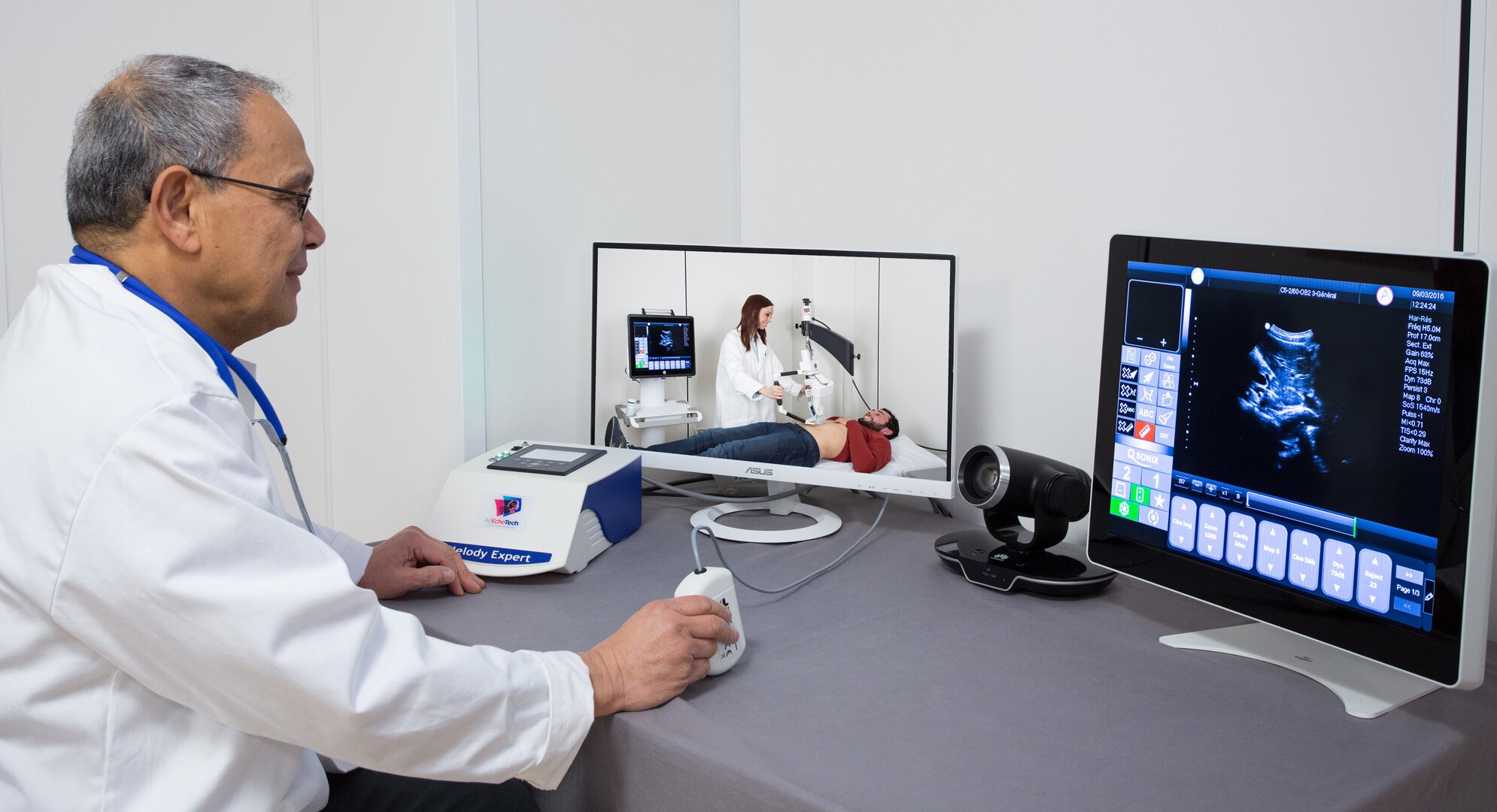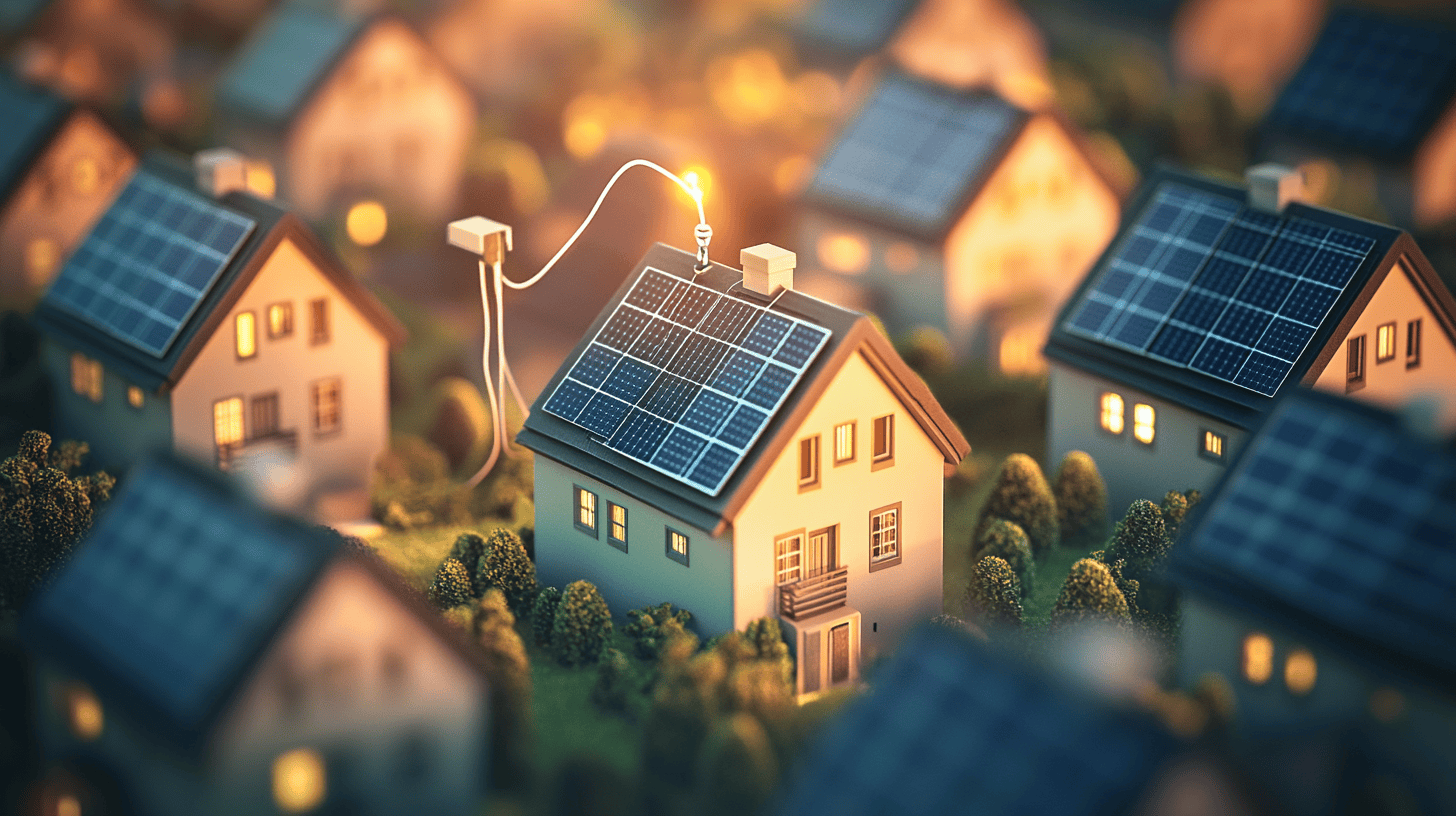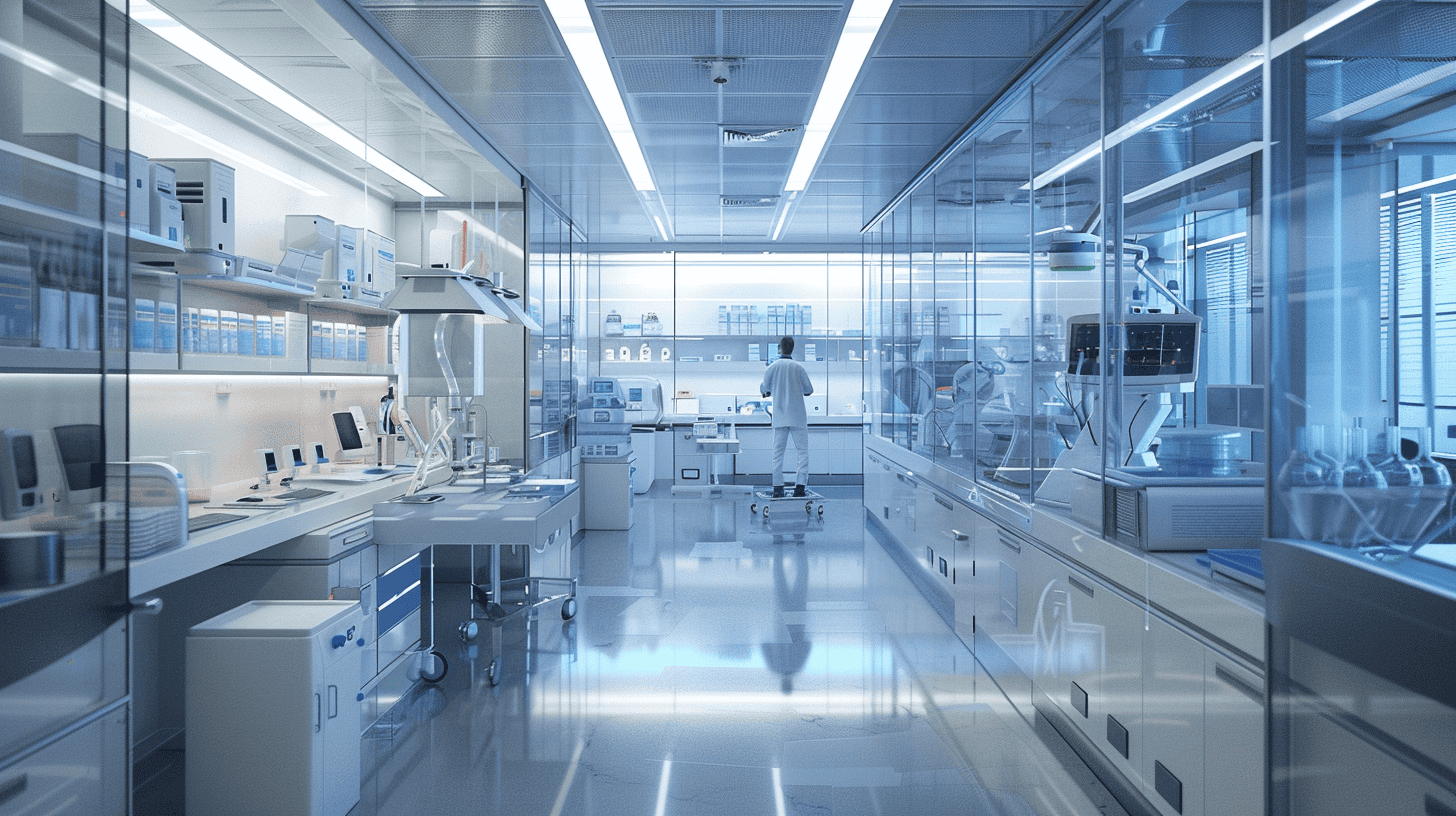
Prescriptions per telephone and telemedicine consultations for initial diagnoses have been skyrocketing in recent weeks. Fear of infection with SARS-CoV-2 coronavirus at medical practices is deterring more and more people from visiting a doctor in person. But even doctors themselves are restricting personal contact with their patients to a bare minimum. Now radiologists can examine their patients remotely thanks to ESA-supported robotics technology. (ESA = European Space Agency, ed.)
This system is already being used to examine heart, abdominal, pelvic, and urinary tract diseases in rural hospitals, nursing homes, and prisons in Europe and Canada. It could also be used as an alternative to chest x-rays to help diagnose pneumonia in corona patients. This would alleviate some of the burdens on hospitals.
Medical personnel at local health centers who have no ultrasound training would only have to position a robotic arm on a patient. A trained radiologist, cardiologist, or midwife would then move a proxy to move the robotic arm remotely. The expert is able to adjust the settings of the ultrasound unit by remote for the best possible images. The ultrasound image is also displayed simultaneously on a screen. The doctor-patient consultation takes place via a video conferencing system.
Corona: Examinations even during the lockdown
“This tool makes sense in the face of the challenge for combating the COVID-19 virus by allowing equipped places to establish additional barriers to its spread,” says Eric Lefebvre, who founded the French AdEchoTech company that developed the Melody ultrasound system. “It can protect isolated patients by avoiding the need to move them, thus keeping them at a distance from contamination risks. It also allows the expert to intervene and bring their expertise to remote locations with infected patients, thus protecting the expert from possible contamination, especially since a conventional ultrasound requires significant proximity to the patient.”
The Melody device would also enable doctors who are themselves in quarantine to support experts in other regions. “Thoracic ultrasound shows very promising results in helping diagnose pneumonia in patients infected by COVID-19 and represents a reliable alternative to the chest scanner when the scanner is not available,” Lefebvre stated.
The technology used by AdEchoTech was originally developed to provide high-quality medical ultrasound images in space. It was originally designed to support astronauts in their scientific experiments. “ESA has been active for more than 20 years in the field of telemedicine and supported the development of this tele-echography concept from its early stage up to demonstrations in a real-life environment,” says Arnaud Runge. He is a medical engineer and supervises the project. “It is a source of great satisfaction to see that this technology is being used on-site in the fight against the COVID-19 virus.
Cover photo: A trained radiologist examines a patient’s symptoms remotely. © ESA








